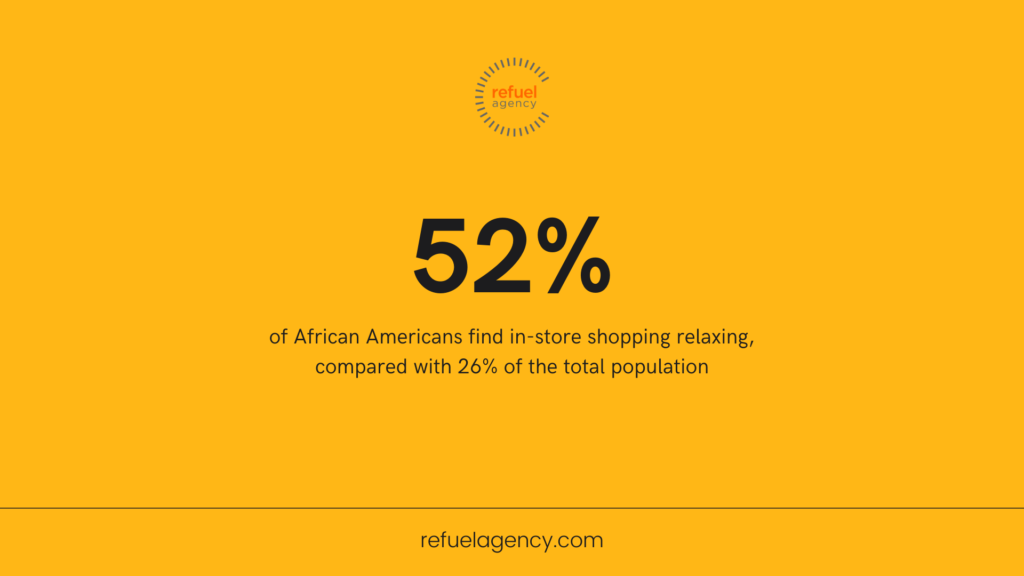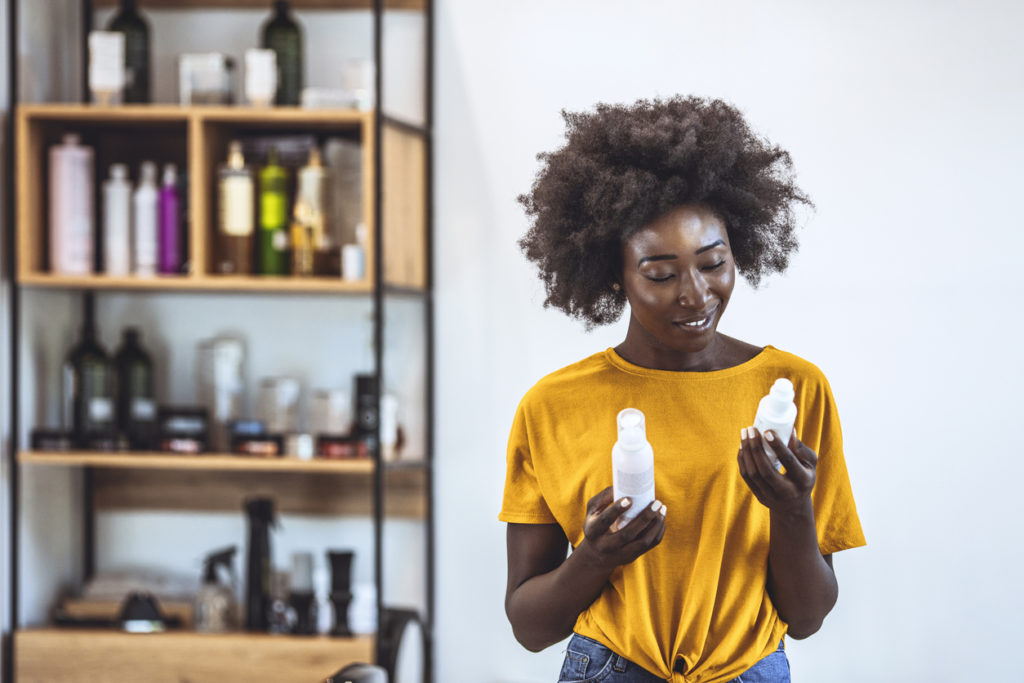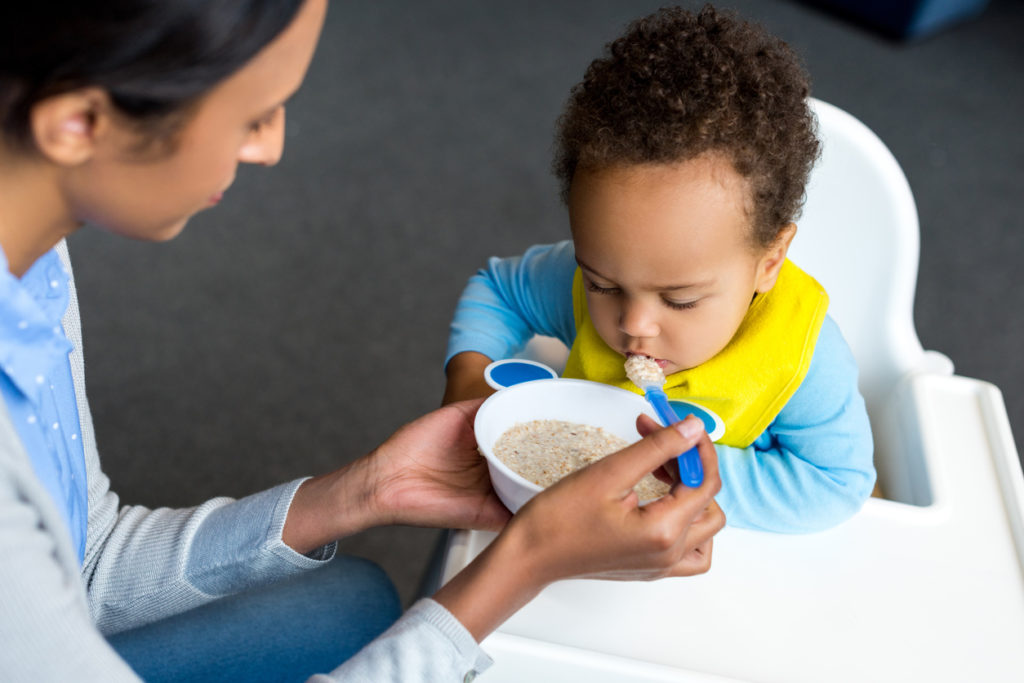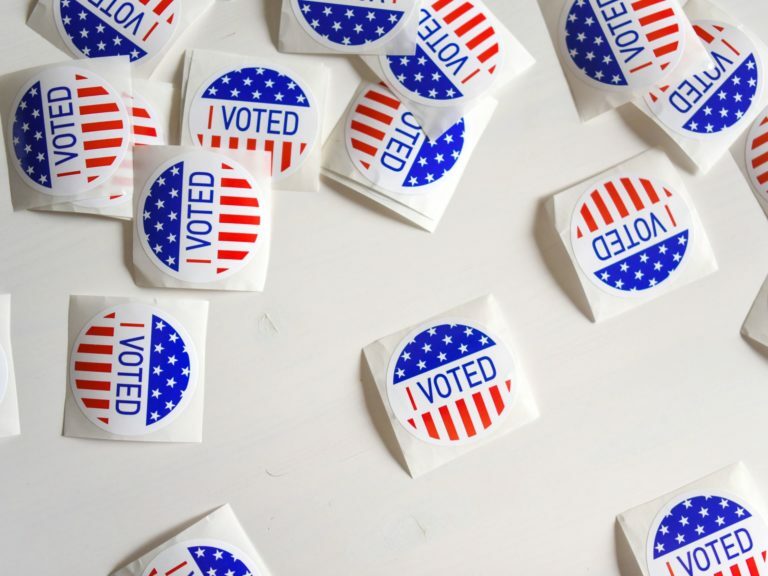African American consumers are making considerable contributions to the overall market, with $1.2 trillion in overall black spending power. Though Black consumers make up 14% of the total US population, there are several markets where their spending is disproportionately greater than that of the general population.
Brands and agencies have the opportunity to create products that specifically appeal to these diverse consumers with their African American advertising strategies, and marketers have the opportunity to create strategic campaigns around the consumer preferences of this audience. At Refuel, we’ve been working with the vital African American consumer segment for over 30 years. Here are the three top African American markets where change is occurring.
What drives African American spending?

When it comes to purchasing decisions, recent research shows that the African American consumer segment displays unique characteristics your brand or agency should understand.
First, data shows that African American buyers often seek the “cool” factor in the products they purchase. African American shoppers indicate preference for shopping at high-end department stores, and they’re highly influenced by in-store advertisements and merchandising. According to Nielson, African American consumers are 20% more likely than the total population to say they will “pay extra for a product that is consistent with the image I want to convey.”
Second, African American consumers are spending in-store. Online shopping is a growing trend, but the majority of African American consumers are still heading to brick-and-mortar stores to do their shopping. According to Nielson, more than half (52%) of African Americans find in-store shopping relaxing, compared with 26% of the total population.
And third, according to an annual report from Nielson, African American consumers are more likely than the general population to agree that advertising provides meaningful information on most platforms — including mobile (42% higher), television (23% higher), radio (21% higher), and the internet (18% higher).
Read next: 3 Things Smart Marketers Know About Young Black Consumers
Here are three spending categories in which African American consumers are outspending the general population and driving significant change.
Ethnic hair and beauty

Not surprisingly, the black community has cornered the ethnic hair and beauty market, ringing up $54 million of the $63 million total industry spend in 2017 — making up 85.65% of the total market. But African American spend is not limited specifically to ethnic hair and beauty products. African American spending on beauty products in general actually exceeded the overall population.
According to marketing research on black impact by Nielson, Black shoppers spent $473 million in total hair care (a $4.2 billion industry). They also spent $127 million in personal appearance products like grooming aids (a $889 million industry), and $465 million in skin care preparations (a $3 billion industry). This research also showed that this audience spent $151 million on women’s fragrances (out of $79 million), $60 million on timepieces (out of $385 million), and even $4 million on children’s cologne (out of $27 million).
Given these numbers, it’s safe to say that the African American consumer is one that is keen on self-care and luxury products designed and marketed to give off a “cool” factor. Marketing your products as luxury self-care products for this audience is a decision that will pay off.
We’re seeing innovators like Fenty Beauty, who offers over 50 shades of foundation, emerge and dominate a market that has not capitalized on diverse audiences. And Fenty Beauty also shows that beauty products created for diverse audiences are not limited to diverse audiences — in fact, they draw in members of the overall population.
Read next: What Is An Omnichannel Marketing Strategy, and How Can It Help You Drive Sales?
Tech and gaming

The African American community is experiencing a boost of influence, cultural expression, and entrepreneurship — driven by an enthusiasm and affinity for technology and gaming.
“African Americans are leveraging innovations in technology and the anonymity of social platforms to level the playing field and get ahead in a marketplace unencumbered by corporate scrutiny,” said Cheryl Grace, Senior Vice President of U.S. Strategic Community Alliances and Consumer Engagement, Nielsen.
Recent research shows that 90% of black Americans live in a house with a smartphone. Additionally, 75% use their smartphones for social media and video streaming, and that 73% of African Americans over the age of 13 are avid gamers (in comparison with 66% of the total population). African American consumers are using their digital presence to advocate for diversity on social media and in the gaming community.
Additionally, the video gaming industry, currently valued at $60.4 billion with African American consumers contributing $1.7 billion, has seen a boom in light of the pandemic. And technology is an increasingly important part of our world, serving as a connection point.
Read next:5 Examples of Brands That Got Multicultural Marketing Right
Soul food and baby food

Soul food dominates in the African American consumer segment, comprising African American consumers’ top grocery purchases. We can see this in the categories of African American spend that outpace the general population, including Quaker grits ($19 million); Louisiana Fish Fry ($11 million); Glory Greens (frozen and fresh, $9.5 million combined) and Jay’s Potato Chips (nearly $2.7 million).
Additionally, African American consumers outpace the general populations’ spending in the baby food category. Procter and Gamble is the largest advertiser in African American media, and five of the top 20 baby care products come from P&G’s Pampers and Luvs brands.
And worth noting? Blacks over-index the total population concerned about food safety issues: antibiotic use in animal production (by 20%); artificial ingredients (by 19%) and GMO crop development due to climate change.The biggest worry is rising prices due to trade tariffs (68% Blacks vs. 56% total population).
Black consumers account for a disproportionate amount of product sales in a number of fast-moving consumer goods categories. African Americans are an important population for smart brands and agencies that want to grow market share and brand preference. And, data suggests that Black consumer spending already significantly affects the bottom line in many categories and industries. Brands and agencies can’t afford to lose favor or traction with this segment.
Ready to get started with your multicultural marketing media strategy? Contact us today.




